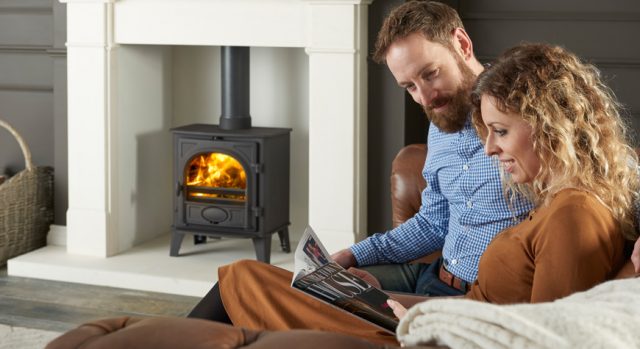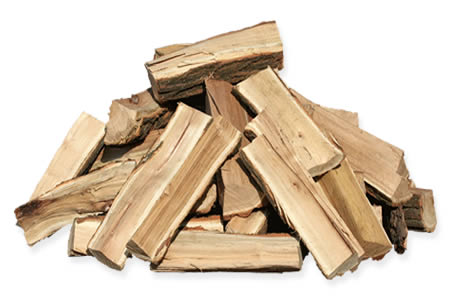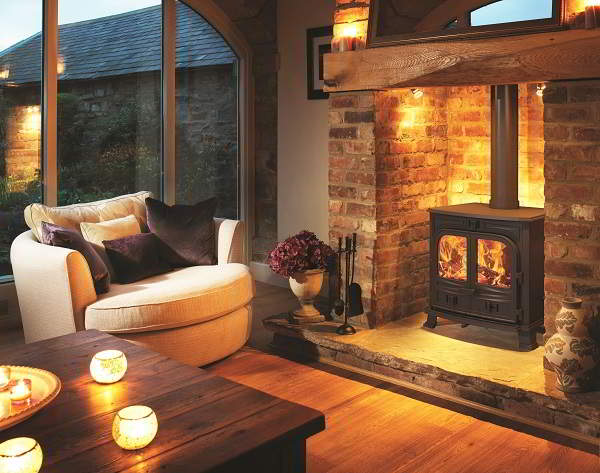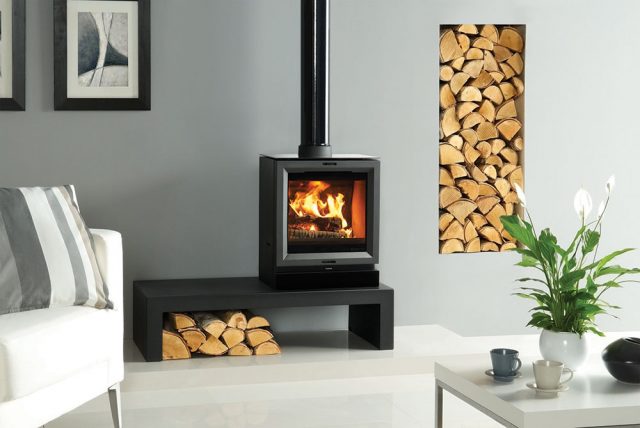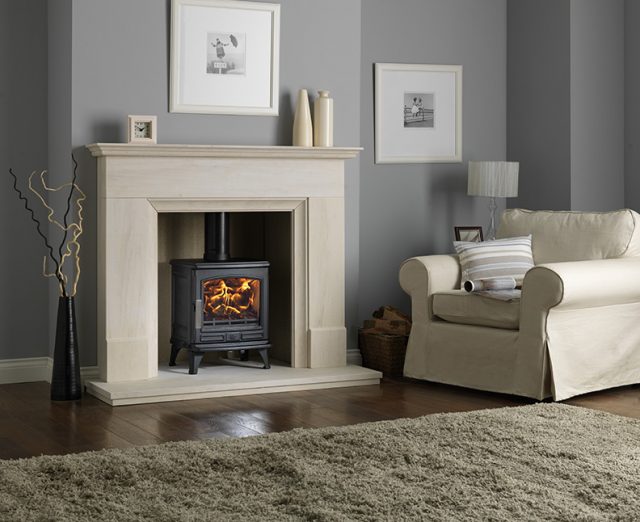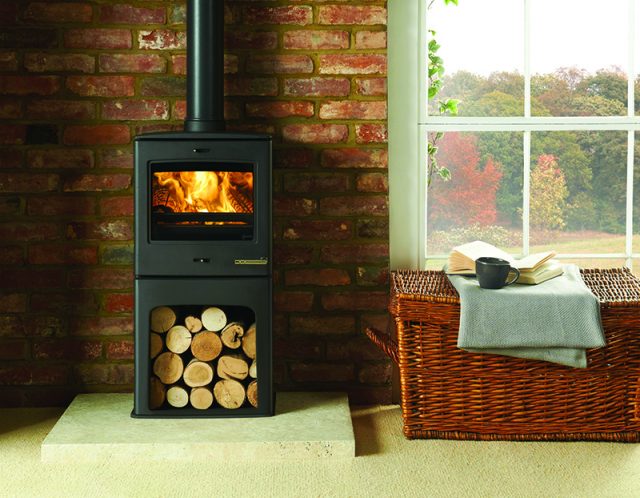The modern day form of heating is an electric fire, but why not go for the traditional, old fashioned wood burning? It provides you with some amazing benefits to you and your bank account. Here are the top ten reasons as to why you should burn wood as an alternative to oil and fuel burners.
1. Renewable energy source
Wood is a natural resource which is naturally grown, so you do not run out of it. You can honestly say that you can never run out of wood to keep you warm and cosy on those chilly nights.
2. There is no global warming
When you are using oil, petrol or some sort of processed fuel for your fire the carbon dioxide emissions pollute the air which is obviously not beneficial for the environment. Naturally burning a renewable source grown from the earth itself will not pollute the earth.


